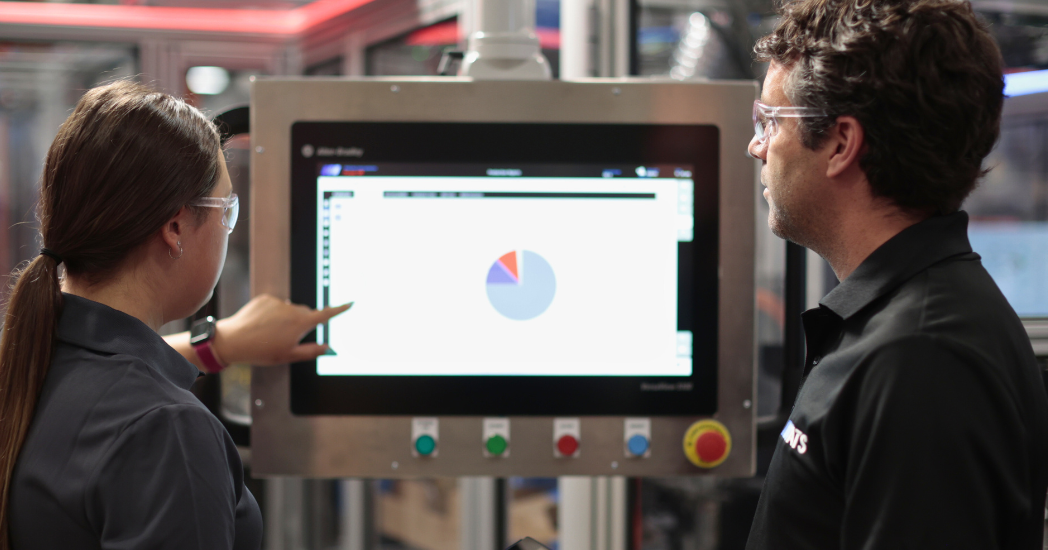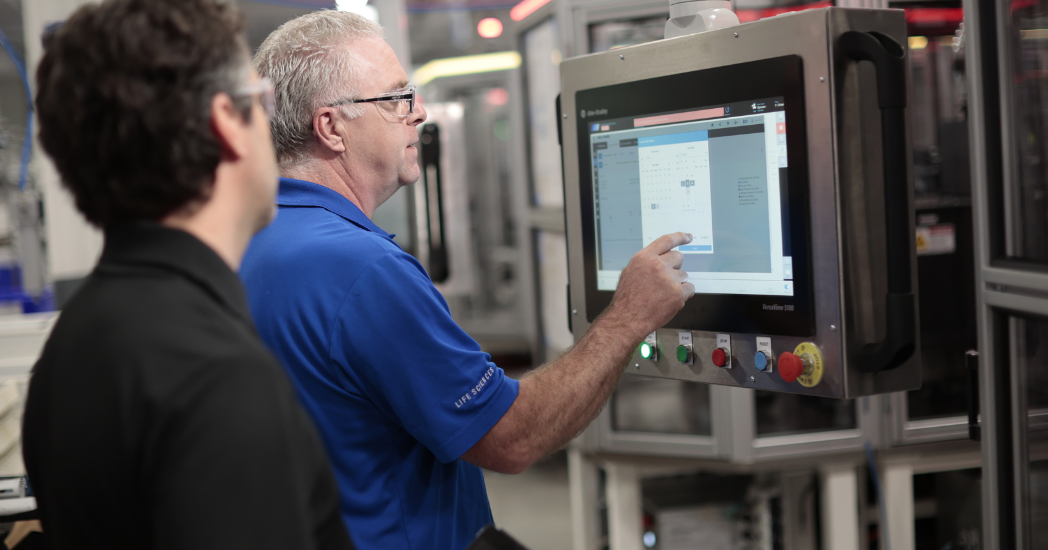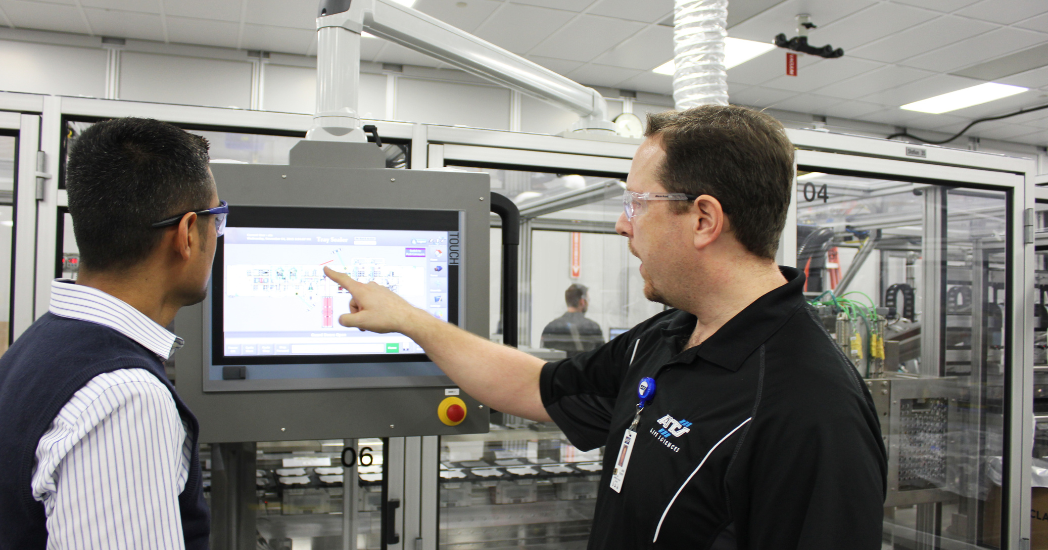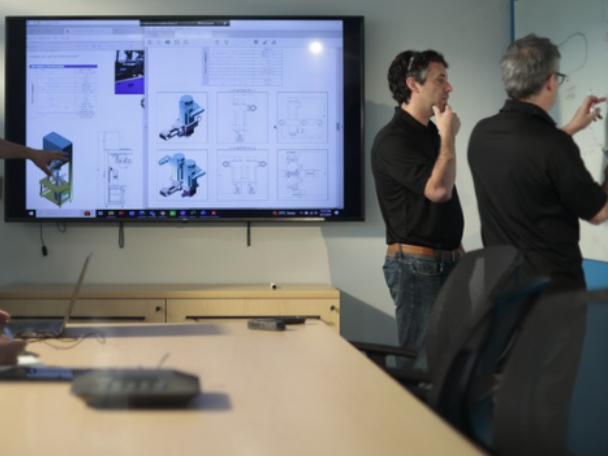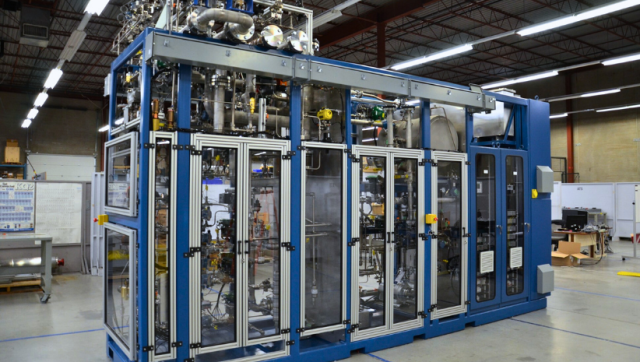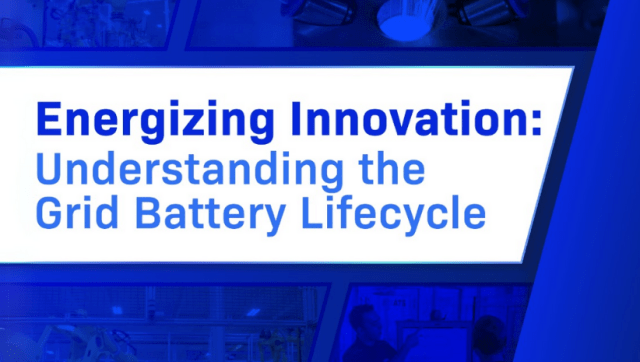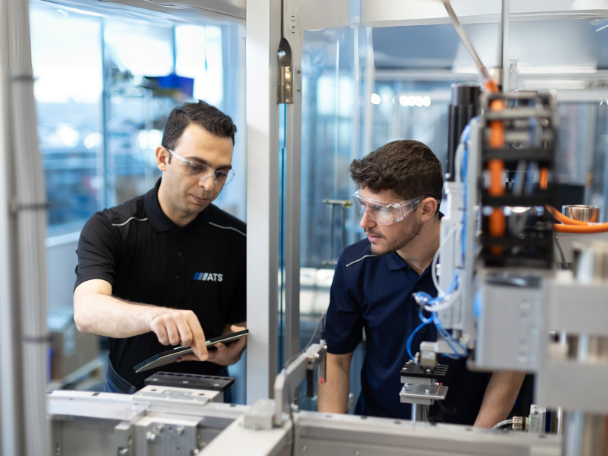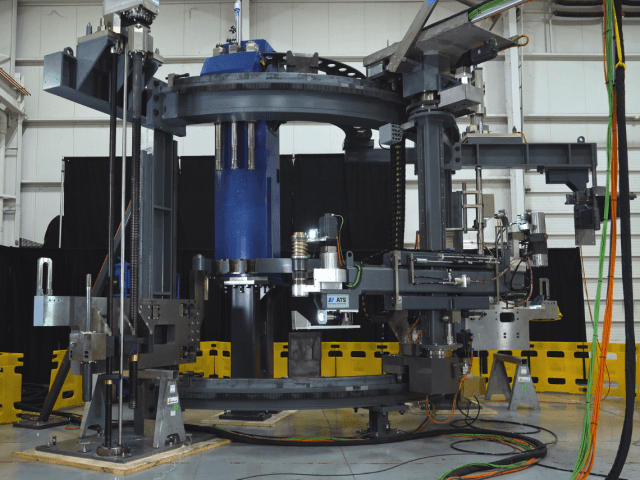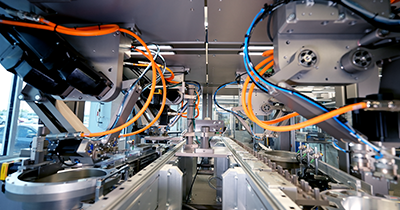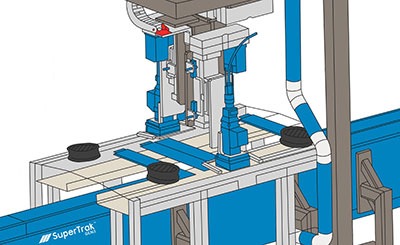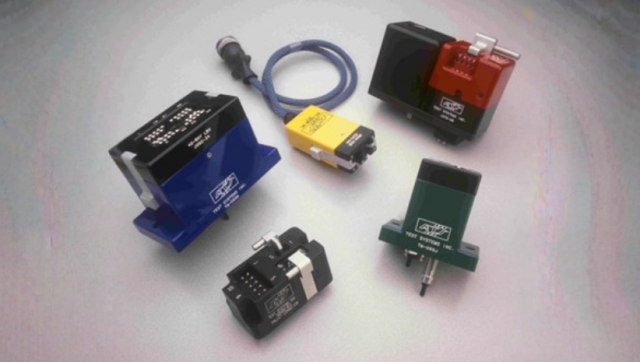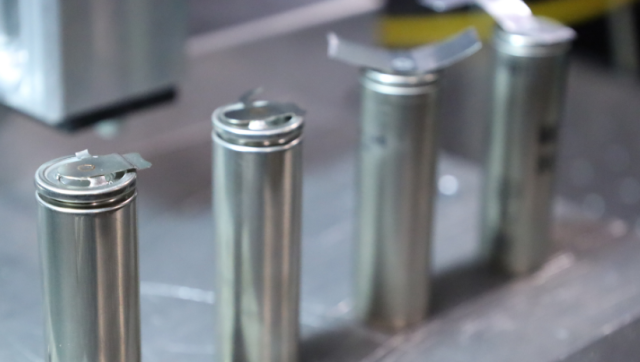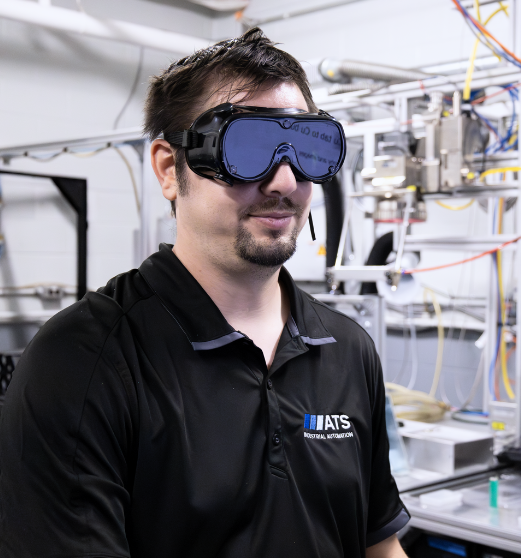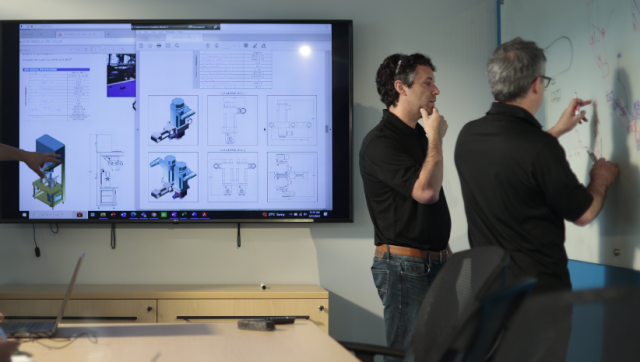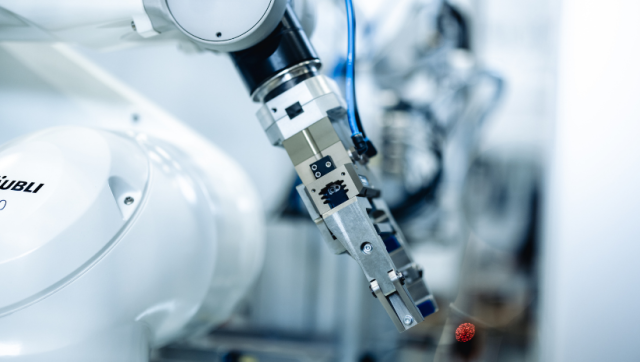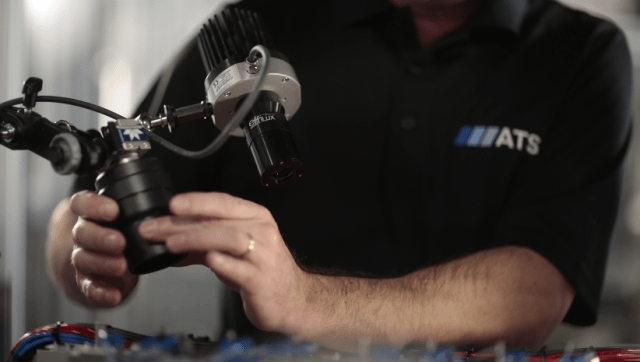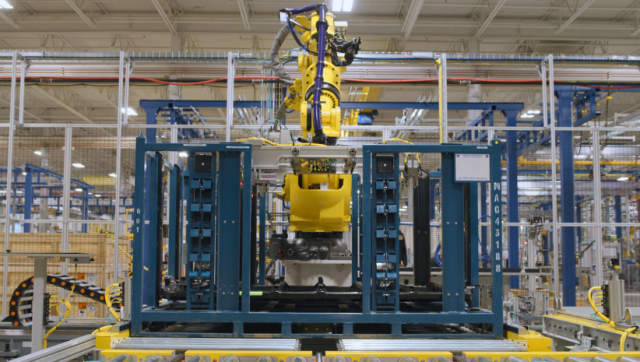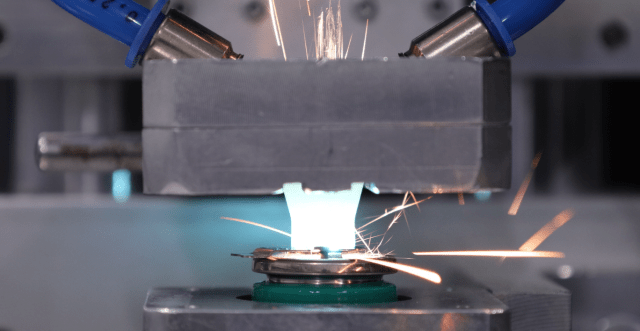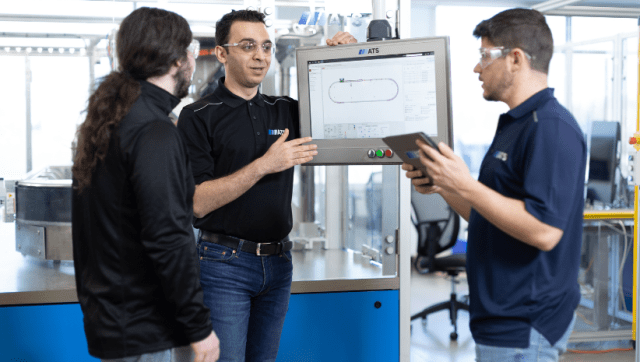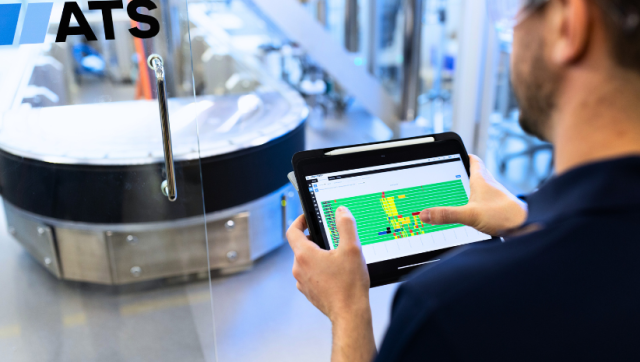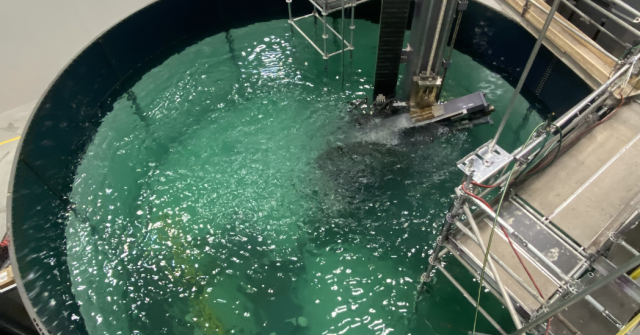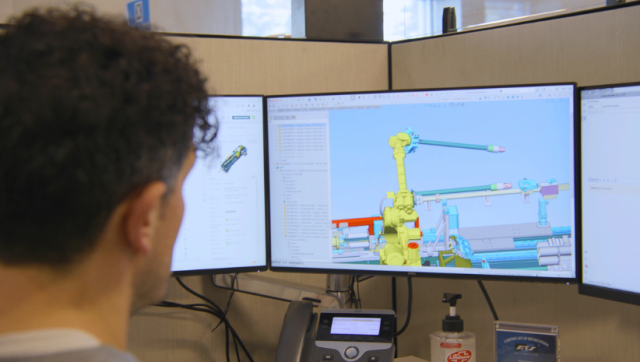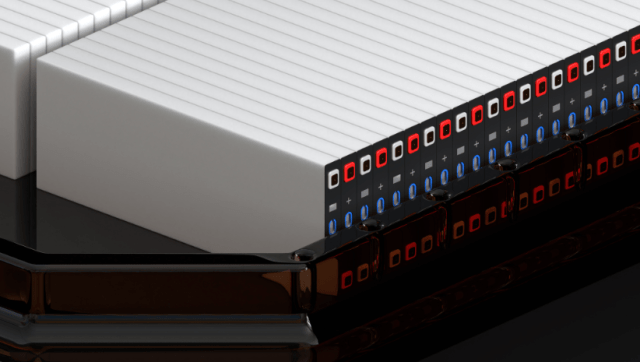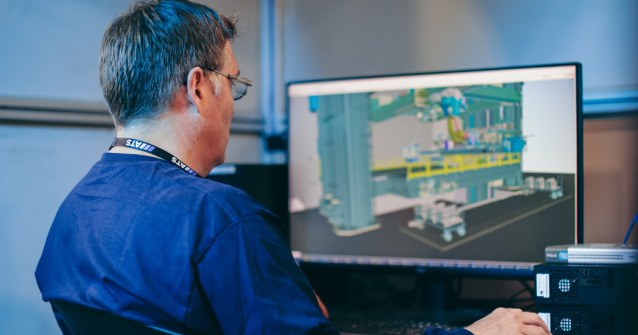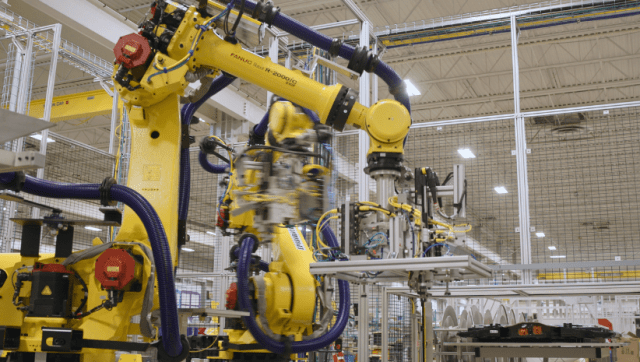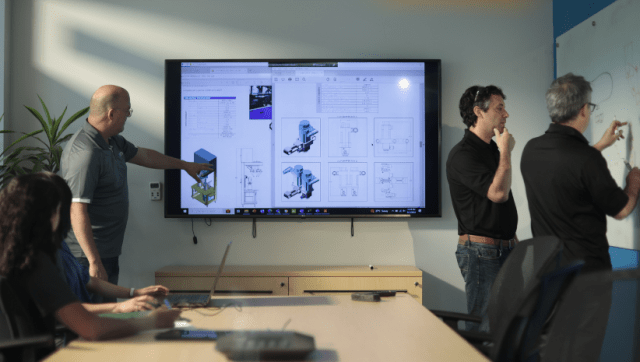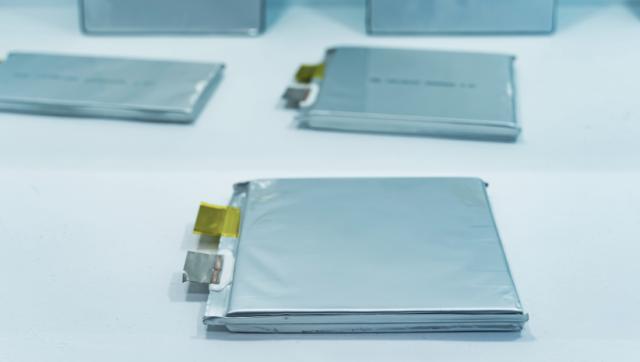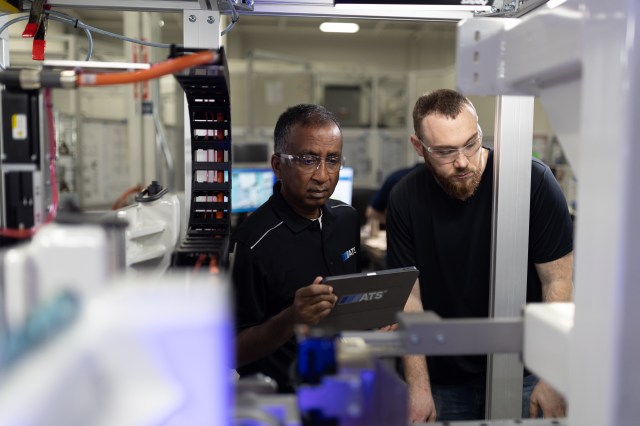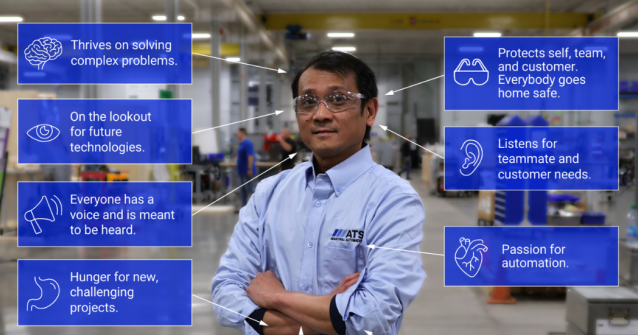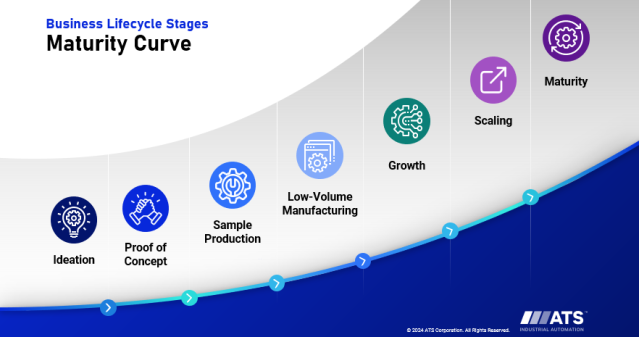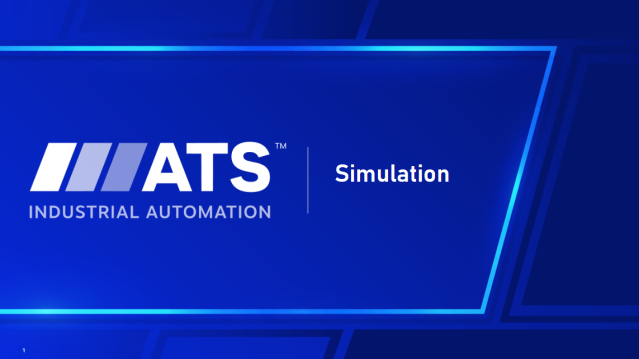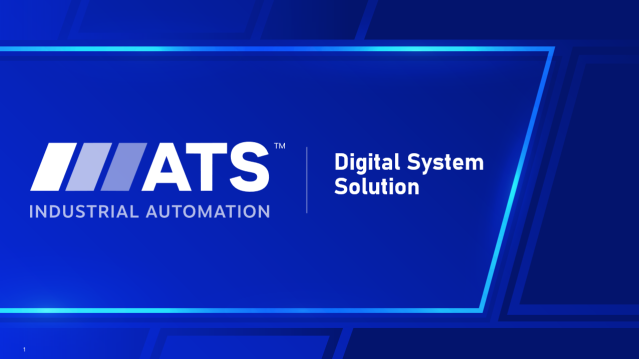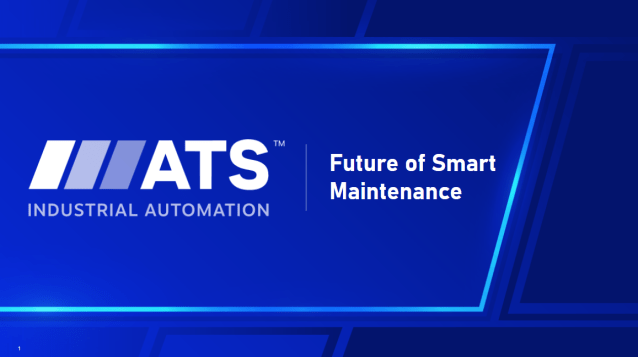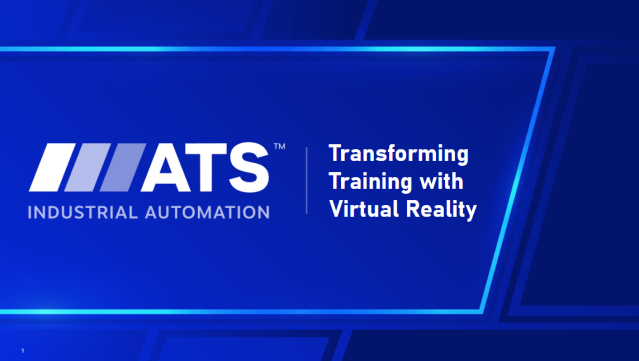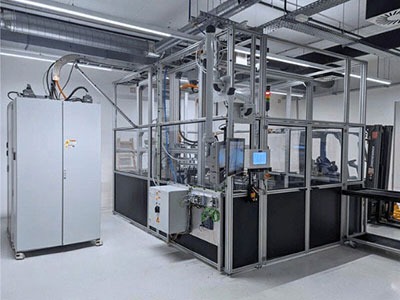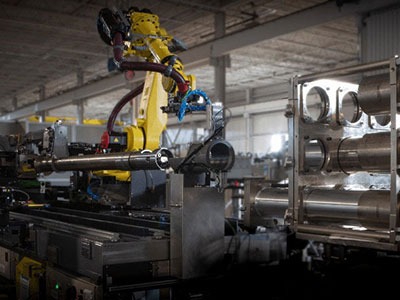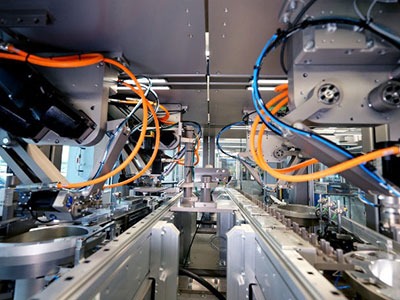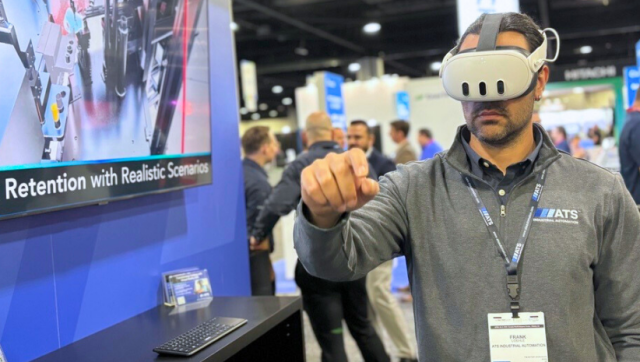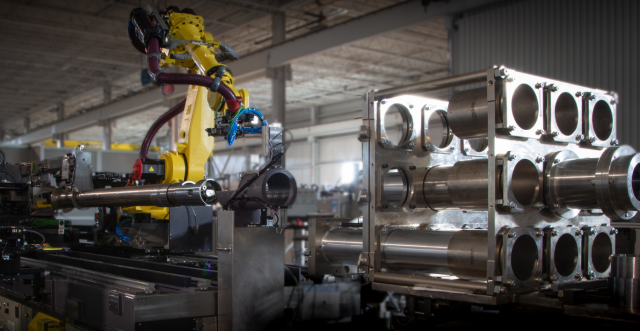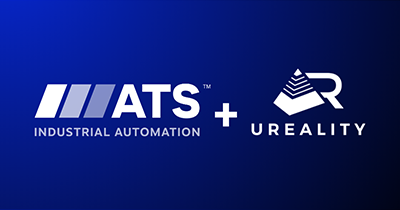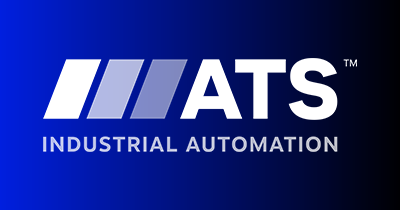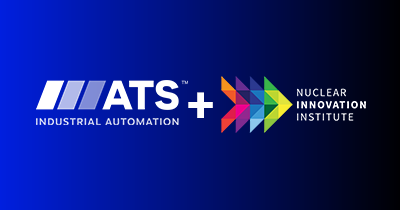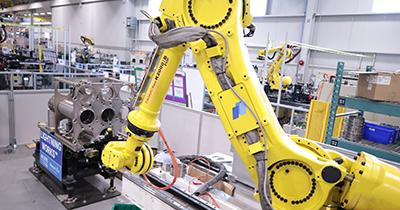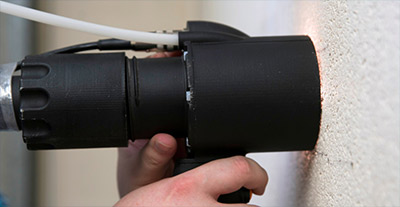
We offer comprehensive BUS communication testing solutions and automated systems designed to ensure the reliability and efficiency of data transmission in the manufacturing of electrical components and systems. Our experts work with customers to develop test communication protocols used in complex networks, identifying and solving issues that can disrupt performance.
From signal integrity tests to protocol compliance tests and error detection tests, we help companies in the automotive, aerospace, telecommunications, energy, consumer electronics, and industrial / home automation (IoT) industries verify the accuracy of data transmission, maintain synchronization, and ensure interoperability between different devices. With automated testing systems designed for BUS communications, companies can maintain seamless communication between controllers and electrical systems for improved reliability, efficiency, and higher-quality output.
Customer Challenges
Updating testing protocols in parallel with product/part development.
Optimizing testing and identifying the most strategic times within the process flow for in-process and end-of-line testing.
Maintaining signal integrity due to space constraints and avoiding false positives.
Managing variability of multiple product designs and form factors.
Every testing project is unique. Allow us to listen to your challenges and share how automation can launch your project on time.
What Are BUS Communication Tests?
Often, the first step for establishing the test setup, a bus communication test, is a combination of real and simulated electronic control units (ECUs) used to test the bus communication. We partner with customers to establish their BUS communication testing needs and deliver complete automated test systems tailored to specific application, industry, and assembly production requirements.
Why Test BUS Communication Properties?
Cost Effective
Detect and correct failures early in the development process.
Reliability Assurance
Verify protocols during development and reduce false positives with minimal cycle times.
Scale
High-throughput, consistent and repeatable testing through automation.
BUS Communication Testing Methods
Peripheral BUS Communication
Peripheral BUS communication transmits data between peripheral devices and control systems such as keyboards, printers, and external storage devices. Testing BUS communication protocols such as Modbus, Profibus, and DeviceNet verifies the seamless data exchange between programmable logic controllers (PLCs), human-machine interfaces (HMIs), sensors, actuators, and other control devices. Essential for industrial automation applications, our peripheral BUS testing systems ensure precise control and synchronization of machinery for efficient automated systems and factory automation.
System BUS Communication
A System BUS connects the processor (CPU) with the main memory (RAM), hard drive, I/O drives, and other essential chipset components for accurate data transmission in networked systems. In the automotive industry, this involves testing in-vehicle communication networks, including the Controller Area Network (CAN), Local Interconnect Network (LIN) protocols, and communication between Electronic Control Units (ECUs), sensors, actuators, and other vehicle subsystems.
Testing verifies the real-time data exchange between the engine management, transmission control, chassis control, infotainment systems, and various sensors for optimal engine performance and vehicle safety. By identifying and correcting communication issues, our testing solutions help customers enhance the reliability and efficiency of a vehicle’s electronic systems.
Internal BUS Communication
Internal BUS communication testing verifies the real-time data exchange within a device’s internal components. Often used in embedded systems and consumer electronics, this involves testing BUS communication protocols such as inter-integrated circuit (I2C), serial peripheral interface (SPI), universal asynchronous receiver-transmitter (UART), and universal serial bus (USB). For example, our internal BUS testing systems can verify the seamless interaction between a smartphone’s microcontroller and various sensors, such as the accelerometer and gyroscope sensor. This ensures the device accurately processes user inputs and environmental data, enhancing the user experience.
External BUS Communication
External BUS communication testing ensures reliable data between devices and systems over external communication protocols such as Modbus, DNP3, IEC 61850, USB, Ethernet, or FireWire. Used to connect devices over longer distances, it is essential for renewable energy and power systems to verify data between a power grid’s Supervisory Control and Data Acquisition (SCADA) system and remote terminal units (RTUs). It allows energy companies to monitor and control energy generation, transmission, and consumption. By detecting and resolving communication issues early, companies can ensure uninterrupted power supply, grid stability, and efficient energy distribution.


